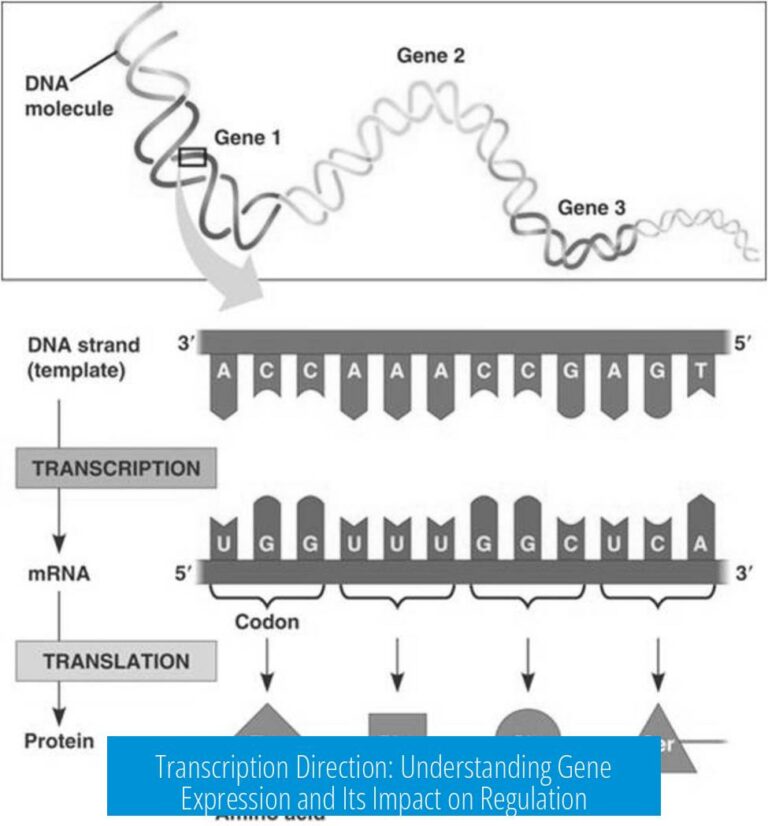What’s the PROPER Definition of a Chiral Centre?
A chiral centre is an atom that bears a set of ligands arranged such that the spatial configuration is not superposable on its mirror image. This definition applies broadly across elements, not just carbon atoms. The notion of chirality stems from the inability of an object or molecule to be exactly overlaid on its mirror reflection, a property central to stereochemistry.
Understanding Chirality and Chiral Centres
Chirality is fundamentally a molecular property. If a molecule is not superposable on its mirror image, it is considered chiral. This non-superposability is a geometric feature that leads to stereoisomerism and has significant chemical and biological implications.
A chiral centre, sometimes called a chirality centre, extends this concept to an individual atom within the molecule. It is the atomic site where the spatial arrangement of bound substituents lacks mirror plane symmetry, thus giving the molecule or part of it handedness.
Traditionally, the most common chiral centre in organic chemistry is a carbon atom bonded to four distinct substituents. However, this concept applies to any central atom with a spatial arrangement of attached groups forming a non-superposable configuration.
Clarifying Chiral Centres versus Chiral Molecules
It is important to differentiate chiral centres from chiral molecules. They do not always coincide.
- A molecule can contain one or more chiral centres but be achiral overall. This occurs when an internal symmetry element, like a mirror plane, cancels out the chirality of centres, as seen in meso compounds.
- A molecule can be chiral without any chiral centres. For example, binaphthols exhibit axial chirality rather than centre chirality.
This distinction emphasizes that chirality is a global molecular feature, while chiral centres are localized atomic properties that contribute to it but do not solely determine it.
The IUPAC Gold Book Definition
The authoritative definition from the IUPAC Gold Book states:
“An atom holding a set of ligands in a spatial arrangement which is not superposable on its mirror image. A chirality centre is thus a generalized extension of the concept of the asymmetric carbon atom to central atoms of any element.”
This definition generalized the classic idea of an asymmetric carbon (a carbon with four different substituents) to any central atom in any element that satisfies the spatial non-superposability condition.
This formalism separates ‘chirality centre’ from other stereogenic elements like chirality axes or planes and frames the concept as a geometric atomic property.
Examples of Chiral Centres Beyond Carbon
Chemistry offers examples of chiral centres on atoms other than carbon:
- Phosphorus atoms: Often bonded to three substituents plus a lone pair, phosphorus centers can be chiral if the arrangement lacks symmetry and inversion of configuration is restricted.
- Nitrogen atoms: Nitrogen bonded to three different substituents and a lone pair can theoretically be a chiral centre. However, nitrogen inversion (rapid flipping of the lone pair) typically prevents permanent chirality.
Thus, whether an atom is truly a chiral centre depends not only on the substituents but also on dynamic processes such as inversion barriers.
Distinguishing Terms: Chiral Centre, Asymmetric Centre, Stereogenic Centre
Terminology in stereochemistry can be confusing. Often, the terms:
- Chiral centre
- Asymmetric centre
- Stereogenic centre
are used interchangeably but have subtle differences. The term stereogenic centre is more inclusive. It refers to any atom where interchange of groups leads to stereoisomerism, regardless of whether the centre alone defines chirality.
Organic chemists usually focus on carbon atoms with four different substituents as the classic stereogenic centres due to their prevalence in stereochemistry.
Chirality Without Chiral Centres
Some molecules are chiral despite lacking any chiral centres. These cases often involve other forms of stereogenic elements:
- Axial chirality: For example, 1,1′-Bi-2-naphthol (BINOL) possesses chiral axes rather than centres.
- Planar chirality: Seen in molecules with asymmetric arrangements on defined planes, such as substituted ferrocenes.
Such molecules are globally chiral, even if no single atom meets the definition of a chirality centre.
Impact of Symmetry Elements on Chirality
Chirality is strongly affected by molecular symmetry. The absence of improper rotation axes (Sn), mirror planes, and inversion centres is necessary for a molecule to be chiral.
| Symmetry Element | Effect on Chirality |
|---|---|
| Improper rotation axis (Sn) | Presence forbids chirality |
| Mirror plane (σ) | Presence abolishes chirality |
| Centre of inversion (i) | Presence forbids chirality |
Thus, a molecule must lack these symmetry elements to be chiral; the local existence of chiral centres does not guarantee the molecule is chiral as a whole.
Conformational Effects and Chirality
Some molecules might transiently adopt conformations that are chiral but interconvert rapidly, resulting in an achiral molecule on average.
For example, butane can adopt gauche conformations that are chiral; however, these interconvert by rotation around the carbon-carbon bond, making butane achiral overall.
Summary of Key Points
- Chiral centre: An atom with ligands arranged so the configuration is not superposable on its mirror image.
- This definition applies to any element, not just carbon.
- Chiral molecule ≠ chiral centre: Molecules may have chiral centres but be achiral (meso compounds), or be chiral without chiral centres (axial or planar chirality).
- The IUPAC Gold Book provides the formal and proper definition as cited above.
- The term stereogenic centre is often preferred to describe atoms that lead to stereoisomerism.
- Symmetry elements like mirror planes or improper rotation axes negate molecular chirality.
- Dynamic inversions or conformational changes can affect whether a centre or molecule exhibits chirality.
- Phosphorus and some nitrogen atoms can qualify as chiral centres if inversion barriers exist.





Leave a Comment